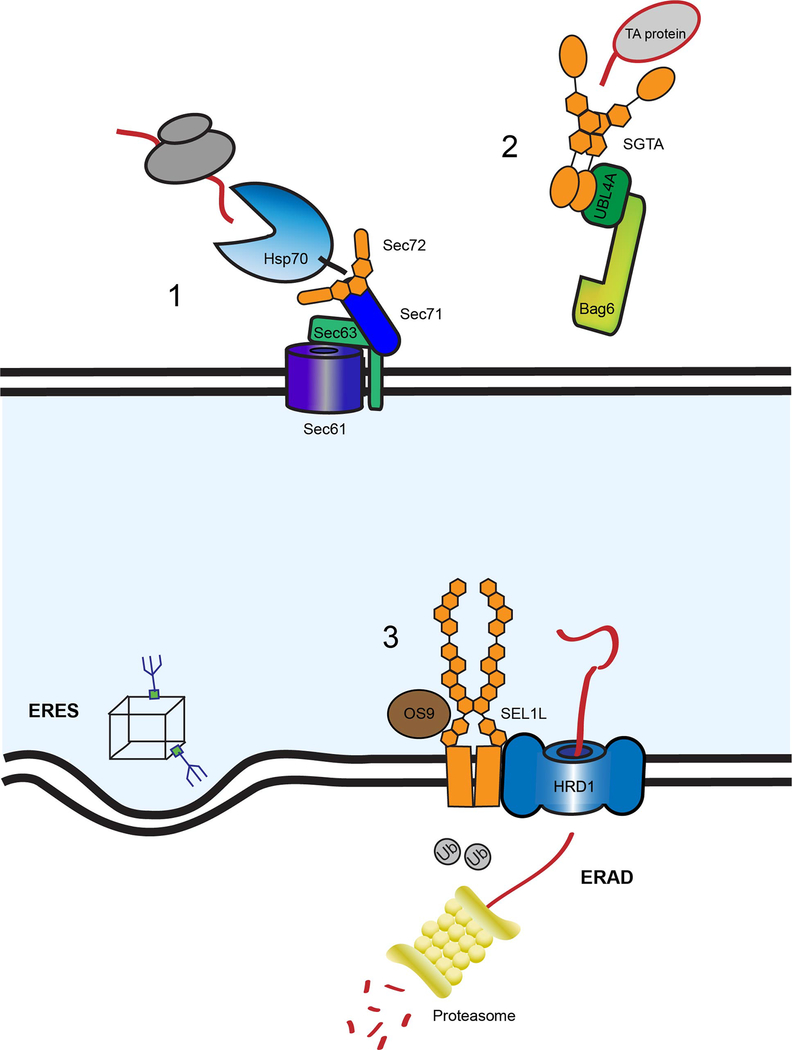Figure 4. ER TPR co-chaperone, ERdj6, and protein modifiers, FICD and TMTC1–4 control protein homeostasis through interactions with BiP and glycosylation.
(A) ERdj6 has nine TPR motifs (orange hexagons) followed by a C-terminal J domain (magenta rectangles). The J-domain contains an Hsp70 interaction motif, HPD, and modulates the nucleotide binding activity of the ER Hsp70, BiP (gradient blue) by interacting with BiP on the substrate binding domain (SBD). The N-terminal TPR domain of ERdj6 can bind exposed hydrophobics on folding polypeptides (red) and potentially pass them off or sequester them for BiP bound at the J-domain. FICD is comprised of two N-terminal TPR motifs (orange hexagons) and a C-terminal FIC domain (yellow), which is responsible for regulating BiP chaperone activity by AMPylating BiP on its substrate binding domain (SBD), mimicking an ATP (pink star) bound state on the nucleotide binding domain (NBD). FICD forms a homodimer mediated through the FIC domain and AMPylates BiP under normal conditions to create an inactive BiP pool. As the UPR is activated, FICD de-AMPylates BiP so that it may engage unfolded substrate (red). (B) TMTC1–4 (blue and orange) are implicated in O-mannosylation. The TMTCs are composed of N-terminal hydrophobic domains (blue) embedding them in the ER membrane and 8–10 consecutive C-terminal TPR motifs (orange hexagons). POMT1 and 2 are the known protein O-mannosyl transferases of the ER. They are composed of a number of transmembrane domains represented by the light blue hexagon and contain three MIR domains (pink) in a luminal loop. The MIR domains are thought to recruit substrate to the membrane so that O-mannosyl transferases can transfer a mannose (green circle) from the dolichol-mannose precursor (black and green) in the membrane to the substrate (red).

